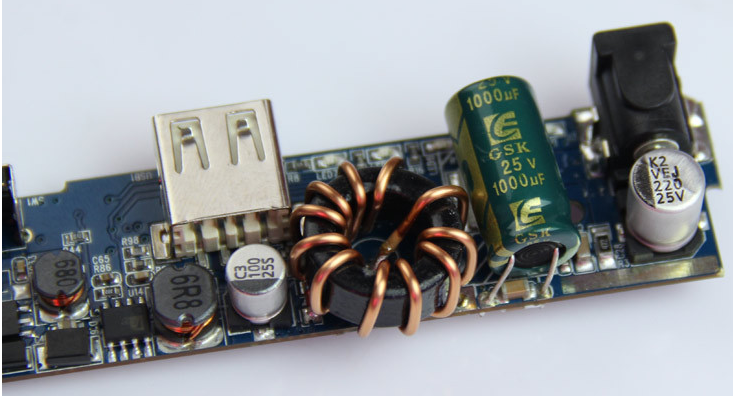Flat cable, also called flexible circuit board (FPC). It is used for data transmission in moving parts and active areas in accordance with the regulations of the industry's specifications, such as the wiring rules, line sequence, line color, and line number. Data cables and data cables between connected devices are collectively referred to as flat cables. The flat cable is mainly divided into two types: round head at both ends (referred to as R-FFC, used for direct welding) and flat at both ends (referred to as FFC, used to insert sockets). It is most suitable for data transmission cables between moving parts and motherboards, between board to board, and miniaturized electrical equipment. Because the price of FFC cable is better than FPC (flexible printed circuit), its application will become more and more widespread. In most places where FPC is used, FFC can be used instead.

The cable can be moved, bent, and twisted without damaging the wire, and can comply with different shapes and special package sizes. The only limitation is the volume space issue. Since it can withstand millions of times of dynamic bending, the cable can be well applied to the interconnection system of continuous movement or regular movement, and become a part of the function of the final product. The solder joints on a rigid PCB are subjected to thermal and mechanical stress and will fail after hundreds of cycles. Jenny, EECX’s product manager, said: “Requires electrical signals/power to move, and certain products with smaller form factors/package sizes benefit from flat cables.”
advantage:
The use of FPC can greatly reduce the volume and weight of electronic products, and is suitable for the development of electronic products in the direction of high density, miniaturization and high reliability. Therefore, FPC has been widely used in aerospace, military, mobile communications, laptop computers, computer peripherals, PDAs, digital cameras and other fields or products. In addition, it can be arbitrarily arranged in accordance with the space layout requirements, and can be moved and expanded in three-dimensional space, so as to achieve an integrated cable for component assembly and wire connection, also called flexible circuit board (FPC). It is used for data transmission in moving parts and active areas in accordance with the regulations of the industry's specifications, such as the wiring rules, line sequence, line color, and line number. Data cables and data cables between connected devices are collectively referred to as flat cables. The flat cable is mainly divided into two types: round head at both ends (referred to as R-FFC, used for direct welding) and flat at both ends (referred to as FFC, used to insert sockets). It is most suitable for data transmission cables between moving parts and motherboards, between board to board, and miniaturized electrical equipment. Because the price of FFC cable is better than FPC (flexible printed circuit), its application will become more and more widespread. In most places where FPC is used, FFC can be used instead.
The cable is small in size and light in weight. The original design of the cable board is to replace the larger wire harness wire. On the current cut-edge (cutTIng-edge) electronic device assembly board, the cable is usually a solution to meet the requirements of miniaturization and movement. Cables (sometimes called flexible printed circuits) are copper circuits or printed polymer thick film circuits etched on a polymer substrate. For thin, light, compact and complex devices, the design solutions range from single-sided conductive lines to complex multilayer three-dimensional assembly. The total weight and volume of the cable are reduced by 70% compared to the traditional round wire harness method. The cable can also increase its strength by using reinforced materials or liners to obtain additional mechanical stability.
The minimum line width and line spacing is 3mil/3mil;
The smallest wire hole finished product reaches 0.15mm.
The function of the FPC cable is to connect two related parts or products. Nowadays, many products have used the flat cable, because it has a certain degree of flexibility, FPC flat cable has been used in many products such as printers, mobile phones, and notebooks.